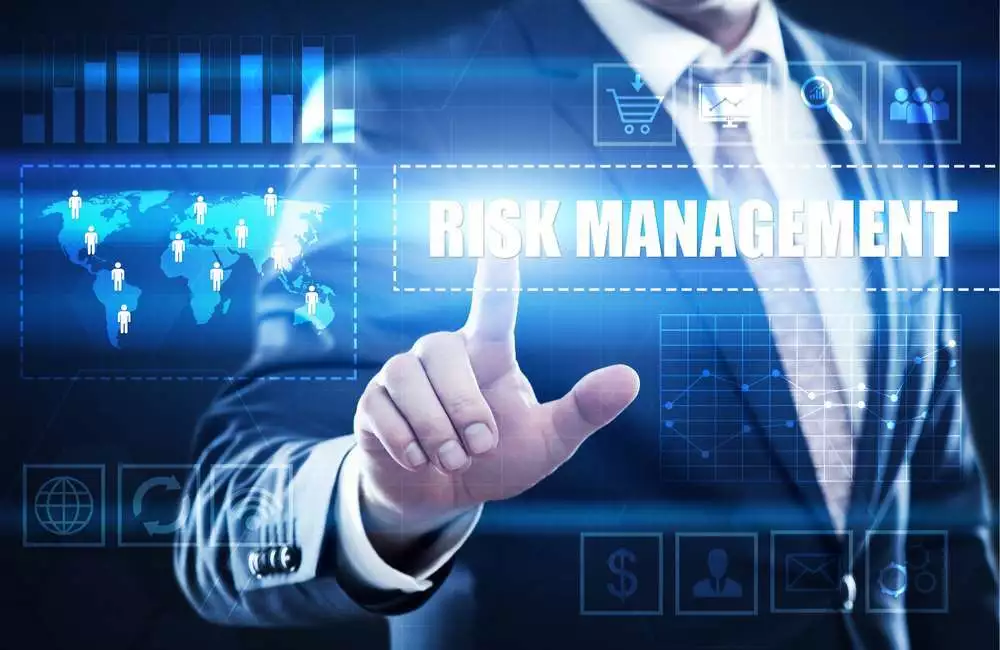Insights from the Girard School of Business and the School of Science and Engineering
Businesses today operate in a complex, global environment where rapid change and intense competition contribute to the number of risks that can sabotage success. For forward-thinking organizations, data science offers analytical tools that help assess and track risk factors and tackle complex challenges.
Those who specialize in Enterprise Risk Management (ERM) know it’s impossible to accomplish without data analytics. Professionals with a graduate degree in data science have the skills and knowledge in data analytics needed to succeed. That includes expertise in areas such as data visualization and leveraging data management skills for better data-driven decision making.
Data Scientist Demand
Data scientists work on the cutting edge of ERM. The interest among business leaders for data scientists in this role has helped drive demand for data scientists even higher. The U.S. Bureau of Labor Statistics (BLS) projects a 19% increase for all computer and information research scientists by 2026. That number is at 22.8% for Massachusetts, according to the BLS-powered Projections Central. Indeed reports the number of job listings for data scientists jumped 256% since December 2013 and 31% in December 2018 alone. Harvard Business Review has even gone so far as to call data scientist “the sexiest job of the 21st century.”
What Is Enterprise Risk Management?
To understand the vital role of data science in managing risk, it’s important to understand the basic concepts behind ERM.
ERM involves strategic planning that attempts to identify and prepare for any risks that could damage a business. These potential dangers come in many different forms, physical and financial among them. ERM involves assessing each potential risk and deciding which ones to actively manage. The complex process also involves developing a risk management plan that is distributed to every stakeholder and investor.
Businesses once managed risk through insurance. However, modern businesses are facing more financial challenges. Including both financial and physical risks (fire, flooding), Investopedia reports that companies also may face risk with:
- Reputation
- Day-to-day operational procedures
- Legal and human resources management
- Financial controls related to government regulations
- Overall governance
Data Science and ERM
Developing an ERM plan is a complex task. It’s important to note that the best plans consider the downside of risk as well as the potential upside.
Crunching large amounts of data will lead to a better ERM plan – if it’s handled by the right person. Growth Business in the United Kingdom writes that “there is no greater tool at our disposal than data science” when it comes to ERM.
Specifically, they mention the use of data science in ERM to:
- Validate and test data to ensure information is correct.
- Test implemented changes.
- Create algorithms to collect data in specific areas.
- Mine data.
- Explain complicated findings to employers and stakeholders.
Deloitte notes that while data is nothing new for those who work in ERM, “There is a renaissance in analytics technology underway today.” Vivek Katyal, a principal in Deloitte’s risk information office, says that while no exact science exists for measuring risk, analytics allow for creating parameters that “help you establish and examine likely risk scenarios. From there, it’s easier to understand the potential impact of a risk — and start planning around it.”
Moody’s Analytics argues that data makes it easier to take a holistic approach to ERM, rather than dealing with siloed information that can inhibit the creation of the best plans. They also argue that data leads to higher quality, data-driven decision making.
With more companies understanding the crucial role of data scientists for ERM the career potential grows for graduates earning a degree in the field.
